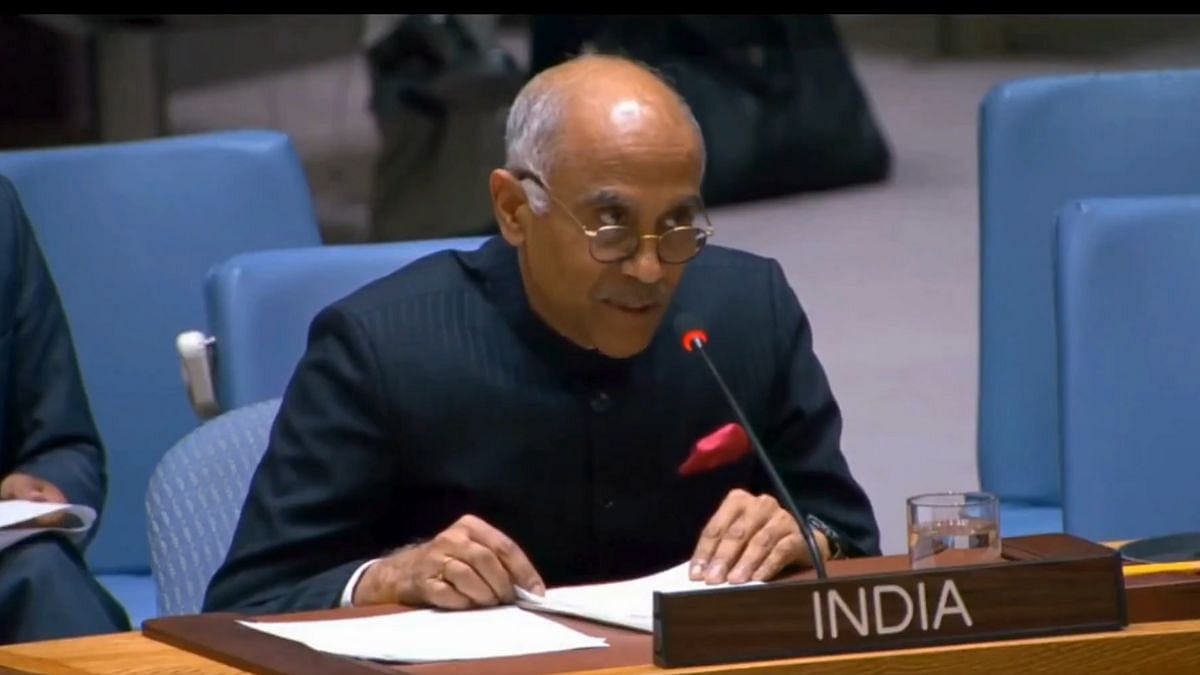Since the advent of the industrial city, human lives have suffered. Concerns of costs, efficiency, budgets, profit and upper class convenience have dominated and controlled all policy and practice, and building of our cities
This might sound like a sweeping statement, but a close look at almost all cities and especially in the post-war era will bear out this assessment. Nowhere is it more apparent than Lutyens’ Delhi! And while the high and mighty of urbanism will crow hoarse at my sacrilege, I will stand by it.
Lutyens’ Delhi with its picturesque tree-lined avenues, flanked by large bungalows, in garden settings for the wielders of power and influence is celebrated and immortalised in photographs awash with regal nostalgia. Lutyens’ Delhi is a car drivers’ dream. You just have to drive a few kilometres south to Greater Kailash or Defence Colony or CR Park to see that vision fall apart and crumble to nothing.
The predominant motive of the city design was to get the working class in the fastest and cheapest way from their dwellings to their places of work. I use the word dwelling because that is essentially how these places are viewed — rows of faceless, anonymous housing where the workers went to sleep after a few beers after their work shift at the factories and offices. And where they spent their off time on Sunday pretending to have found the lives of their dreams.
We are still doing that today in our millennium cities — only the worker’s housing now has exotic names and large gates and guards, and you have to work even harder to buy them — but they do much the same thing, and of course help the rich get richer!
The recent notification for the Right to Walk by the Government of the State of Punjab is a historic first and brings much hope. For too long our cities have been designed for the rights of the rich and the right of the motorcar. A walk in any city will see how this has gone completely overboard in recent years — barricades and fences on dividers, three-storey-high foot overbridges that the elderly and differently-abled are expected to climb and descend, and god forbid you are in a wheelchair! Pavements, removed to create free left turns — like at the IIT flyover in Delhi — and illegal parking for the rich who own more cars than there are people in their homes. We talk of urbanism but on the ground it is all getting a bit ridiculous.
Over 20 years ago at the School of Planning and Architecture in our Urban Design Studio we talked of design for walking — designing neighbourhoods around five-minute walking distances, 10-minute distances, 15 minutes, half an hour and such like. It is surprising that even two decades later, that learning has not found its way to the streets!
What are all the urban designers doing? And who is making the decisions we have been living with for so long? The right to walk is a huge opportunity to remedy the half-century of wrongs of our cities. A few simple ideas come to mind, so I am just going to put them here to start a conversation.
We could start by creating ‘Walking Neighbourhoods’ where we limit the use of cars. Areas within 10-minute walking distances that encourage citizens to walk, with the provision of plantation for shade, and seating and cobblestone paving instead of black-top. It will be welcoming, actually improve health, and make our streets safer. Not to mention improvement of social cohesion and engagement that has been on a sharp decline in our cities.
Another simple-to-do but hugely impactful move would be to integrate urban greens into a masterplan for human movement infrastructure, providing walking and cycling paths through parks, urban forests and biodiversity areas. It would help reduce the usage of motor vehicles, encourage walking, and eventually make us take responsibility for our green space and hopefully maintain and preserve it since it would now be placed centre-stage of our urban lives.
I would also call for a standardisation of street design that prioritises walking and self-powered movement over motor roads, and looks to create safe walking spaces with ease of access for all — the elderly, persons with disabilities, and children.
We need to restructure urban transport networks to leverage walking, and to view walking as a fully integrated and sustainable mode of movement — and provide for it as a preferred mode by creating infrastructure that encourages walking, with places to sit, easy access to drinking water and well-maintained and conveniently located toilets and shade. Also creating nodes that integrate into a large urban plan for public transport that removes the need for cars and our dependence on them.
Walking does not require four wheels or a six-metre right of way. Walking does not have to be on footpaths, breathing in the fumes of the cities’ million vehicles and their incessant rumblings. Put differently, it basically means walking could be taken away from the side of the road, and restored to its own rightful place in the larger scheme of the city. It could cut across parks, zig-zag through neighbourhoods, squeeze through gullies, and cut under roads.
Walking could actually turn into a new, fun and exciting way to get around the city. From my desk overlooking the beautiful Mehrauli Archeological park, I can already see visions of this possible future. And it is very exciting.
But with excitement and hope I have learnt there must always be scepticism! And with good reason — our powers that be, the policymakers, have more often than not, when offered an opportunity for deep change, chosen to go with the superficial.
While the right to walk offers hope and almost endless opportunity, the question that isn’t being asked is, will we choose beautification and the photo-op, as is the current practice of those in power now, or will we dare to completely reimagine our cities?
Henri Fanthome, an architect who trained at the SPA, lives and works out of Mehrauli, Delhi and writes about design and urban spaces










